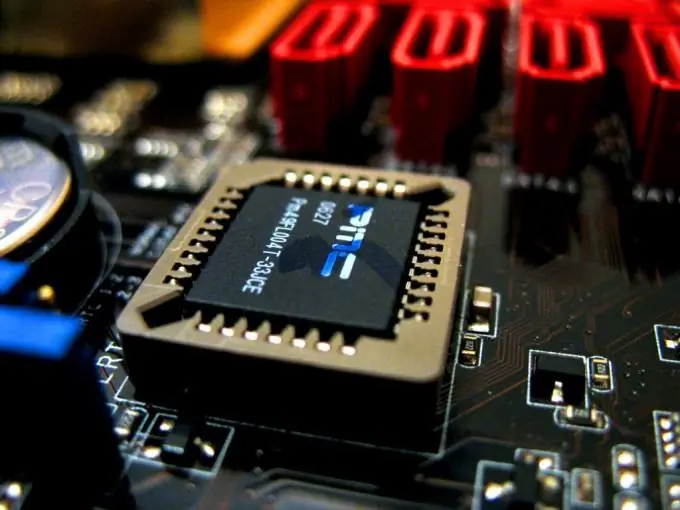BIOS (Basic Input / Output System) is not part of the computer's operating system, it is built into the motherboard firmware. Infection with malware is a rare occurrence in BIOS, as viruses usually attack the part of the operating system that resides on the computer's hard drive. However, sometimes it is worthwhile to play it safe once again.

Necessary
- - Computer with internet connection;
- - flash drive, blank DVD / CD or USB hard drive;
- - crosshead screwdriver.
Instructions
Step 1
Run your antivirus software and scan your hard drive for viruses. If you find that the disc is virus-free, back up all important data to portable media such as a flash drive, USB hard drive, or CD / DVD.
Step 2
Enter the BIOS settings menu by clicking on the corresponding button when the computer boots. Any of the following keys can be responsible for this operation: F1, F2, F8, F10, Esc + F2, or others. If you are unsure of the key sequence for accessing the BIOS setup menu, refer to your user manual or visit your motherboard manufacturer's website.
Step 3
Look for the "Restore Defaults" or "Load Default Settings" option as soon as you enter the BIOS Setup menu. This option is usually found in the lower right square of the screen.
Step 4
Use the arrow keys on your keyboard to navigate to the area indicated in the previous step. When you select a field, it will be highlighted. Press the "Enter" button and be sure to "Save changes" when exiting the BIOS settings menu.
Step 5
Restart your computer and look for errors. If the error messages that you may have seen before are no longer visible, proceed to normal boot of the system. If the error or virus message persists, proceed to the next step.
Step 6
Use a different computer to go to your motherboard manufacturer's website. Find and download the Flash BIOS program. Save it to a DVD, CD, or flash drive.
Step 7
Follow the manufacturer's instructions to install a "clean" BIOS. This process depends on the particular hardware vendor as well as the operating system.
Step 8
Disconnect the computer's power supply and manually disconnect the internal hard drive by removing the back cover of the system unit. On some computers manufactured after 2008, this operation may be required to reset the BIOS. Turn on the power and check the system again to make sure it works.






